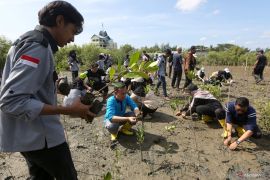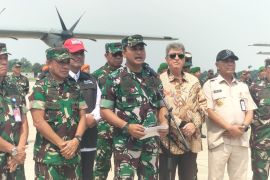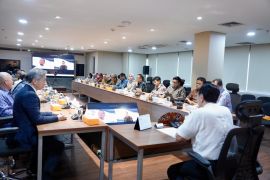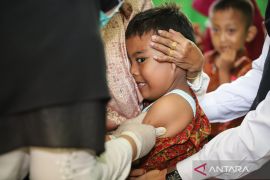New terrorist cells have become difficult to detect or identify because they were formed with the aid of information technology, said Najib Azca, a professor of sociology with Gadjah Mada University here on Wednesday.
"Just by uploading a provocative video on the slaughter of Muslims into a web, radicals can persuade other people to join their jihad." Najib said at a national seminar themed "Violence, Radicalism and Peace Building Efforts in Indonesia."
It was now becoming easier and easier for terrorists to spread their ideology by recruiting new members among the younger generation using Information Technology, he said.
Terrorist acts today could no longer be instantly attributed to old actors or networks because new actors or networks had come into existence making the task of identifying and catching the perpetrators more difficult and requiring the hard work of all the parties concerned, he said.
One strategy that could be applied to counter terrorism was conducting anti-violence narration campaigns such as were being done by many social movements, he said.
According to International Relations professor from Gadjah Mada University Ali Muhammad, Indonesia tends to use persuasive ways to counter terrorism.
The persuasive approach was a war against terrorists` extreme ideas and preventing the spread of the virus of terrorist notions.
"This ideological approach is commonly used to prevent radicalism with the support of more moderate Islamic community organizations," he said.
The Indonesian government has used de-radicalism to terrorist convicts in prison through the role of more moderate clerics.
Besides, non-persuasive approach used by the government is physically a war against terrorism by disconnecting their network, structural organization network, flow of funds and logistics for terrorist operations.
According to Ali, Indonesia is using more persuasive approaches to resolve terrorist acts.
"The approach used in each country is different, Malaysia uses a nonpersuasive approach," he said.(*)
Editor: Heru Purwanto
Copyright © ANTARA 2011











